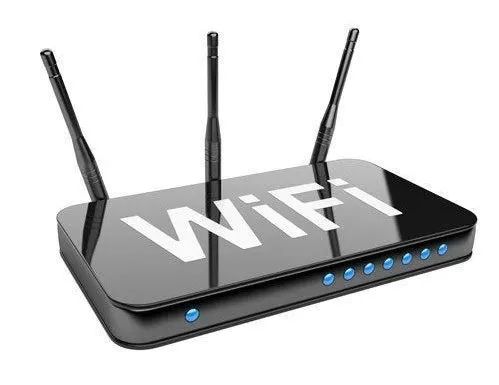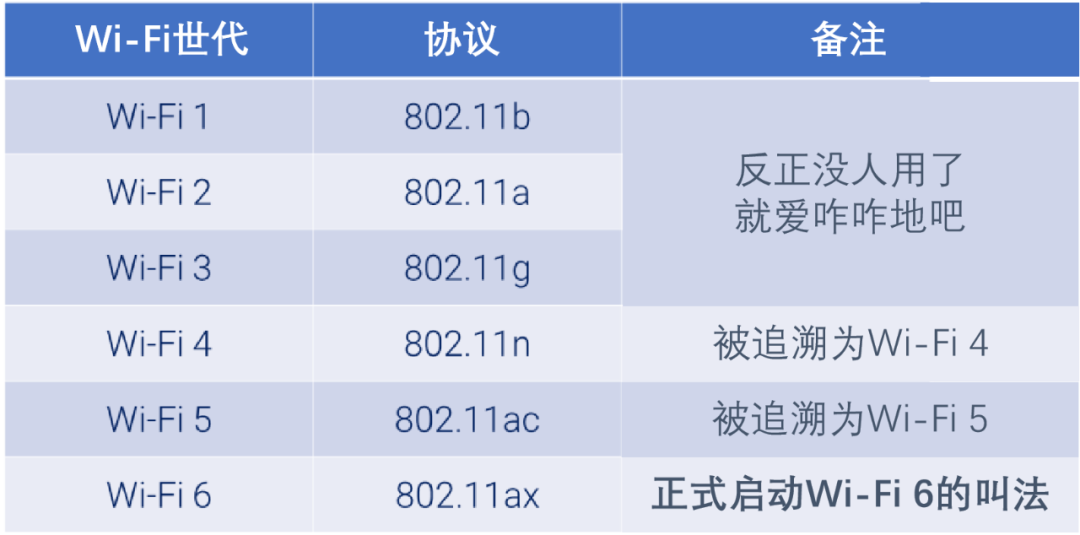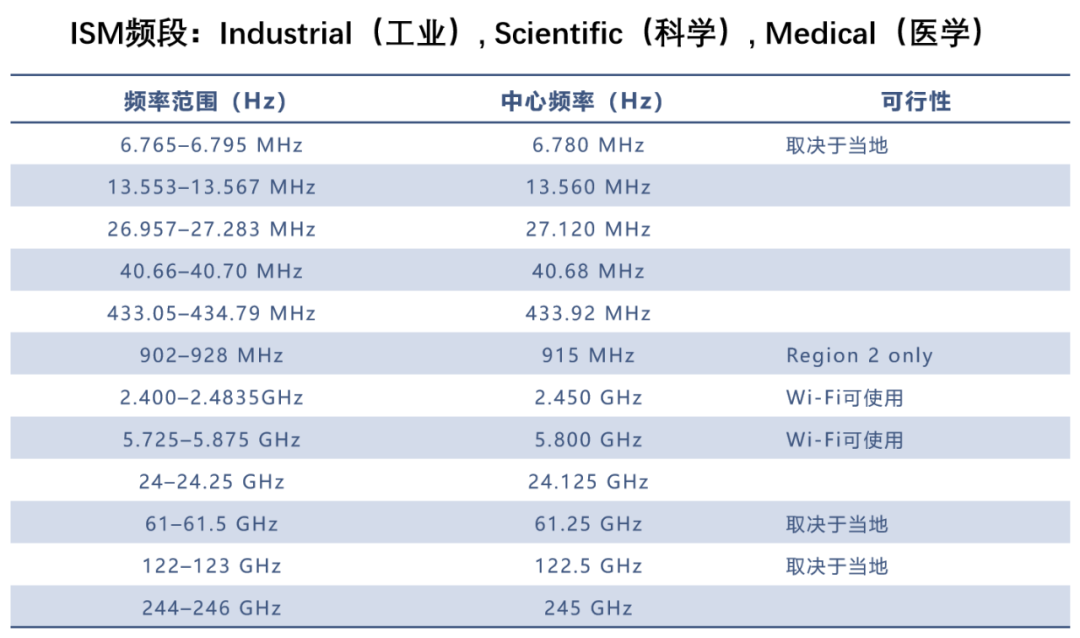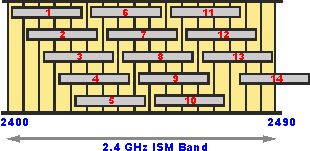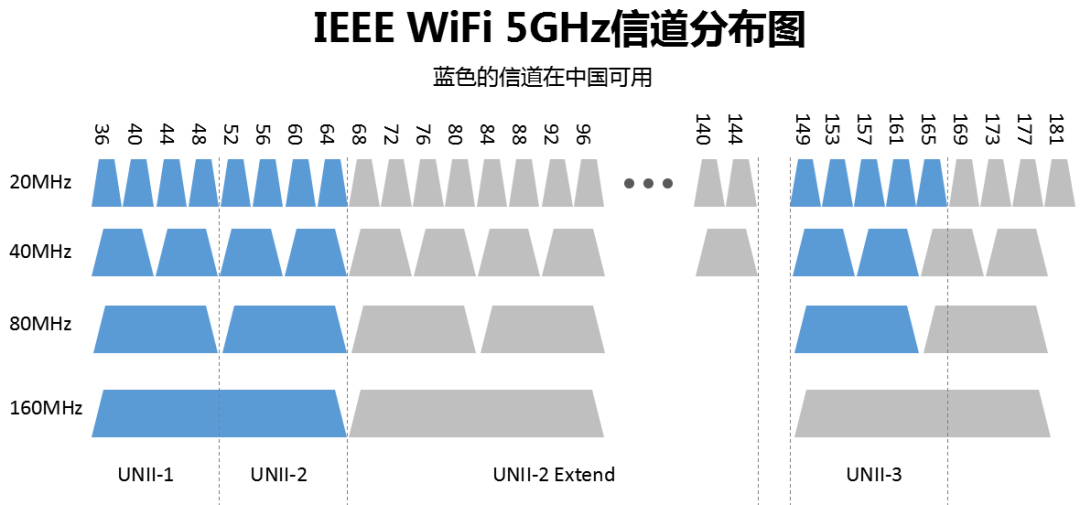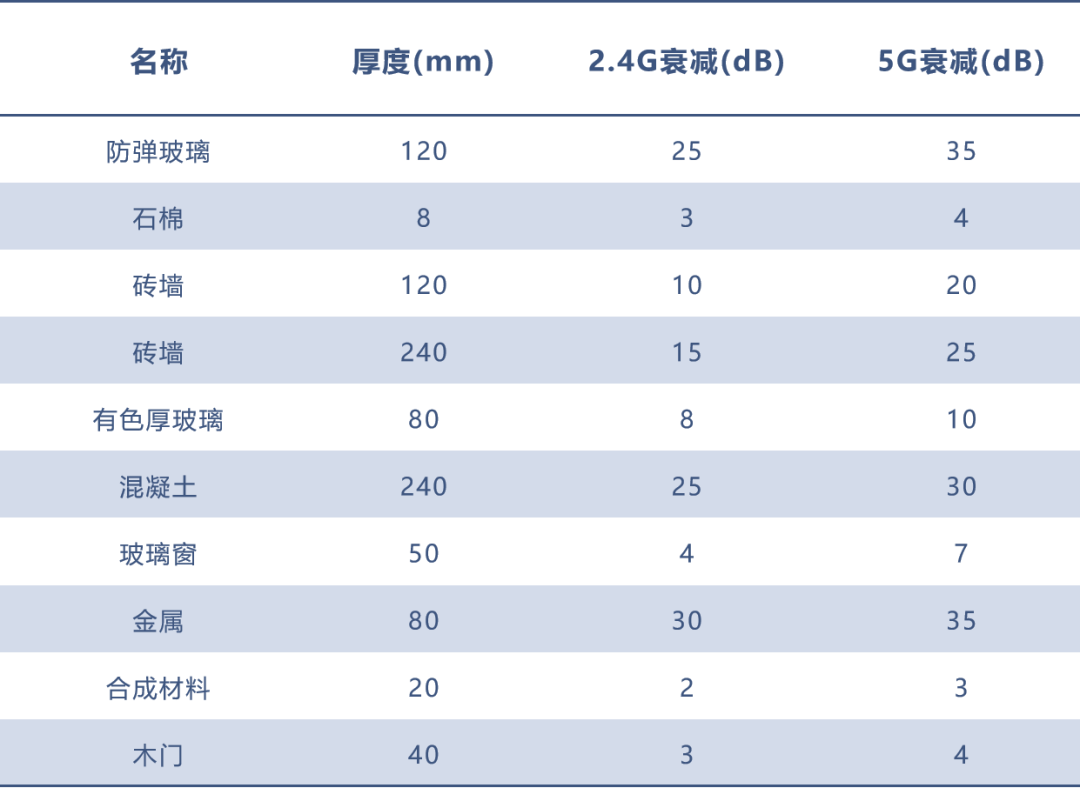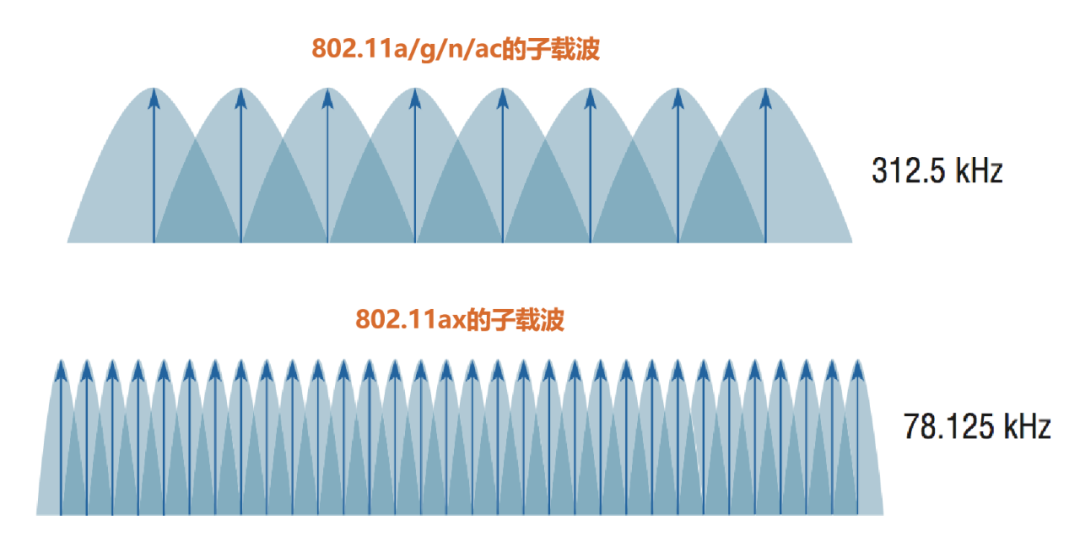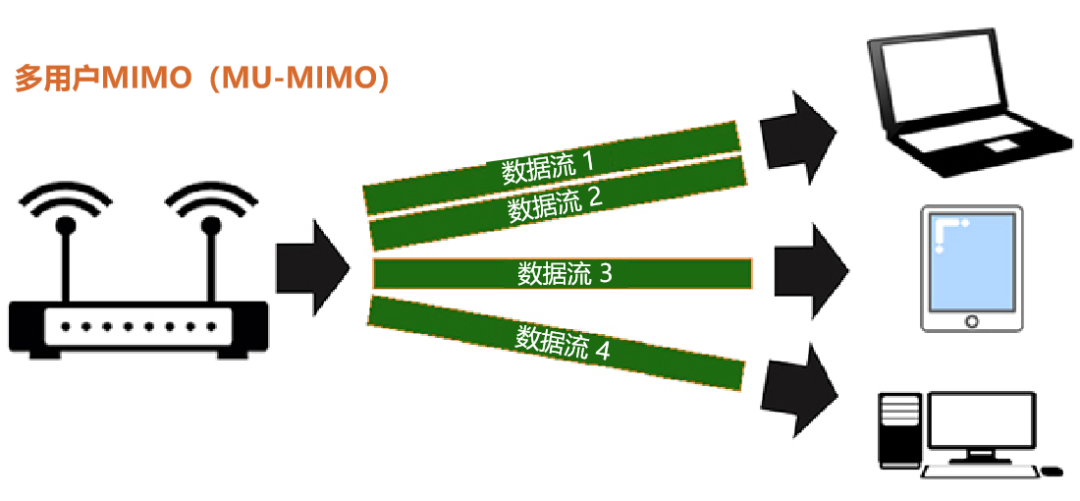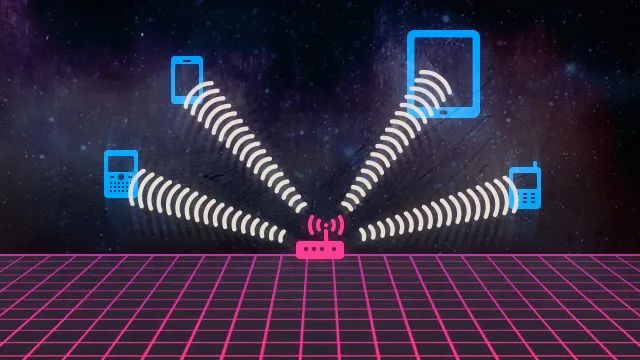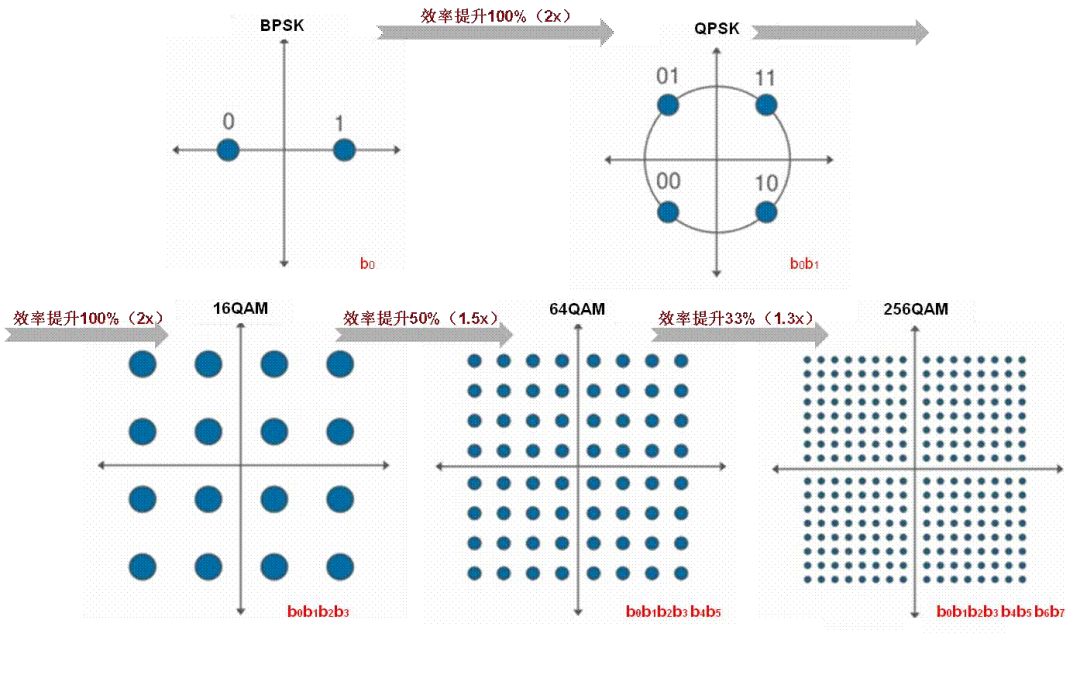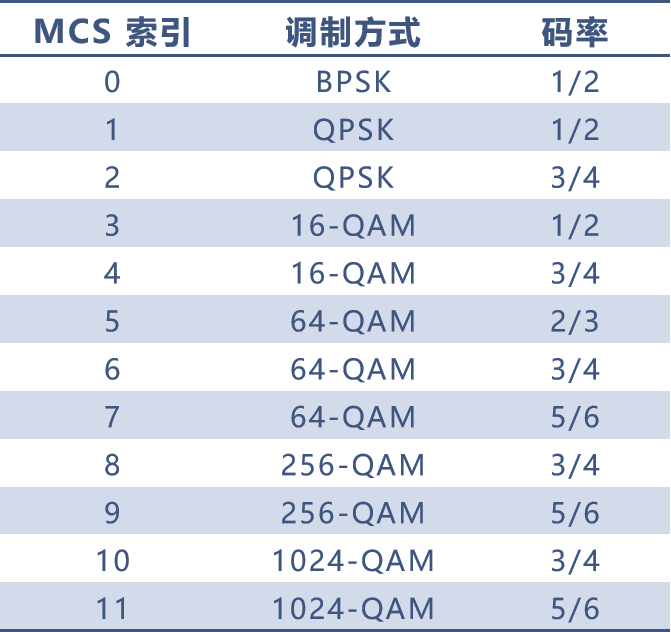
Source: WeChat public account “Wireless Deep Sea”
The wireless access function of a wireless router is what we previously referred to as a Wireless Local Area Network (WLAN). Currently, WLAN only has Wi-Fi as its mainstream technology, so we can consider the two as equivalent.
Wi-Fi is technically certified and trademarked by the Wi-Fi Alliance. In practice, Wi-Fi is often written as WiFi or Wifi, but these two forms are not recognized by the Alliance.
The Wi-Fi Alliance (full name: Wi-Fi Alliance Organization, English: Wi-Fi Alliance, abbreviated as WFA) is a commercial alliance that owns the Wi-Fi trademark. It is responsible for Wi-Fi certification and trademark authorization, headquartered in Austin, Texas, USA.
Wi-Fi, a catchy name, is widely believed to be an abbreviation for Wireless Fidelity, but this is actually a misinterpretation. It is simply a name with no real meaning and certainly no full name.
The technical standards behind Wi-Fi are defined by the IEEE (Institute of Electrical and Electronics Engineers) in the 802.11 series protocols.
The full name of IEEE is: Institute of Electrical and Electronics Engineers
1. Development of Wi-Fi Protocols
Since the first version in 1997, the 802.11 series protocols have continuously evolved, experiencing multiple versions such as 802.11a/b/g/n/ac, with increasing internet speeds supported. The latest protocol version is 802.11ax, which is the rapidly developing Wi-Fi 6 in recent years.
The development history of the IEEE 802.11 series standards, from the first generation to the sixth generation
For many years in the beginning, although Wi-Fi developed through generations, there was no such term as Wi-Fi generations in the world; instead, it was directly referred to by the protocol numbers with 802.11 followed by several letters, which was very unfriendly to ordinary users.
It wasn’t until 2018 that the Wi-Fi Alliance decided to promote the next generation technical standard 802.11ax with the simpler and more understandable name Wi-Fi 6, and the previous generation 802.11ac and 802.11n naturally became Wi-Fi 5 and Wi-Fi 4. As for the earlier technologies, no one was paying attention anyway, so there was no need to give them nicknames.
Only after the birth of Wi-Fi 6 did the name Wi-Fi 5 emerge
On September 16, 2019, the Wi-Fi Alliance announced the launch of the Wi-Fi 6 certification program. Since then, the name Wi-Fi 6 has resonated worldwide, and most newly released devices now support Wi-Fi 6.
2. Wi-Fi Channels and Frequency Bands Used
Wi-Fi primarily operates on the 2.4GHz and 5GHz frequency bands. These two bands are referred to as ISM (Industrial Scientific Medical) bands, and as long as the transmission power meets national standards, they can be used without authorization.
The ISM frequency bands vary by country
The 2.4GHz band is the earliest ISM band used globally, with a frequency spectrum range of 2.40GHz to 2.4835GHz, providing a total bandwidth of 83.5M.
Common technologies like Bluetooth, ZigBee, and wireless USB also operate on the 2.4GHz band. Additionally, microwaves and cordless phones use the 2.4GHz frequency. Even wired USB interfaces emit useless signals at 2.4GHz during operation, causing interference.
As we can see, many devices operate simultaneously on the 2.4GHz band, leading to congestion and significant interference. When many households are using Wi-Fi simultaneously, the router silently selects channels to coordinate interference.
Wi-Fi divides the 83.5M bandwidth on the 2.4GHz band into 13 channels, each 20M wide. Note that these channels overlap; originally only 3 could fit, but now 13 are squeezed in, making interference unavoidable. We can only try to mitigate it, and at most, everyone’s speed slows down, taking turns to use the network.
2.4G Spectrum and Channels (Channel 14 is not allowed for use in China)
How much do the channels overlap? The following diagram provides a clear comparison; within these channels, only 1, 6, and 11 or 2, 7, and 12, or 3, 8, and 13 are completely non-overlapping, illustrating the congestion of the 2.4GHz band. It is like a narrow road with many cars trying to pass, causing frequent traffic jams and inevitably reducing speed.
Non-overlapping Channel Distribution on 2.4G
With 802.11n, users can use a 40M channel, but the 2.4GHz band still only has a total bandwidth of 83.5M, which can only accommodate two channels. Therefore, only during quiet nights when the network is idle can a single user hope to use a 40M channel. Additionally, interference from the neighbor’s Wi-Fi makes it difficult to achieve high speeds with 802.11n.
2.4G 40M Bandwidth Channel
If the 2.4GHz band is a narrow path, then the 5GHz band is undoubtedly a wide avenue.
The 5GHz band has a usable range of 4.910GHz to 5.875GHz, providing over 900M of bandwidth, which is more than ten times that of 2.4G! This spectrum is so wide that different countries have defined the range of Wi-Fi usage based on their own conditions.
For instance, in China, there are 13 available 20M channels for Wi-Fi in the 5GHz spectrum, and consecutive 20M channels can form 40M, 80M, or even 160M channels.
Distribution Map of 5G Channels in China
With large bandwidth and fewer devices operating on the 5GHz band, the speed is naturally faster and interference is lower. Therefore, if you want your home network to achieve a good speed experience, consider using 5GHz for full coverage.
However, every advantage has its drawbacks. While 5GHz has a large bandwidth and less interference, its signal attenuates quickly and is easily obstructed, making it weak at penetrating walls.
Signal Penetration Loss of 2.4G and 5G Wi-Fi
Thus, compared to 2.4GHz, the 5GHz signal is usually much weaker. As for how far they can cover, this depends on factors like the router’s antenna gain, receiving sensitivity, the distribution of walls and obstacles in the home, and the desired internet speed, making it difficult to provide specific numbers.
If we only consider connecting various smart home devices, the coverage and capacity of 2.4GHz are usually sufficient. However, if high-speed internet is needed to maximize the value of home broadband, it must rely on 5GHz.
Therefore, when planning Wi-Fi coverage, it is advisable to focus on full house coverage with 5GHz instead of considering 2.4GHz. Generally, a single router struggles to achieve seamless coverage in complex home environments, necessitating consideration of networking and roaming issues between multiple routers, which will be discussed later.
3. Key Wi-Fi Technologies
Why is Wi-Fi getting faster? In fact, the IEEE 802.11 series protocols have been continuously learning from the 3GPP’s 4G and 5G, as the underlying technologies are common.
OFDM stands for Orthogonal Frequency Division Multiplexing. The system divides the carrier bandwidth into multiple orthogonal subcarriers in the frequency domain, akin to dividing a wide road into multiple parallel lanes, significantly improving traffic efficiency.
In Wi-Fi 5 and earlier (802.11a/b/g/n/ac), the subcarrier width is 312.5KHz, while in Wi-Fi 6 (802.11ax), the subcarrier width is reduced to 78.125KHz, effectively creating more lanes on the same width of road.
Wi-Fi 6 has more subcarriers
Under OFDM, each user must occupy all subcarriers across the entire bandwidth simultaneously. If there is less data to send, and frequency resources are underutilized, other users cannot flexibly use them and must wait in line, leading to inefficient use of frequency spectrum resources.
To address this issue, Wi-Fi 6 introduces OFDMA technology, which adds an ‘A’ to the end, meaning Orthogonal Frequency Division Multiple Access. Multiple access allows for multi-user sharing.
OFDMA supports multiple users sharing all subcarriers simultaneously. It is like a transportation company packaging data from multiple users together, utilizing the truck’s capacity fully, thus speeding up delivery for everyone and improving spectral efficiency.
The number of antennas on routers has been increasing, from no antennas to one, two, three, four, six, eight… Now, regardless of the price of the router, they all look like crabs, intimidating with their many antennas.
Why use so many antennas? It is to better implement MIMO (Multiple Input Multiple Output) technology. Simply put, during signal transmission, multiple antennas send different data streams simultaneously, naturally doubling the speed; during reception, multiple antennas receive signals from the phone, enhancing sensitivity like wearing a hearing aid.
Single User MIMO (SU-MIMO)
If all antennas serve only one user, it is called Single User MIMO (SU-MIMO). Further, if the router transmits four paths and the phone receives four, it can be precisely referred to as 4×4 MIMO.
Sometimes, even with many powerful antennas, if all the phones are weak, the router can send four signals, but the phone can only receive two, leading the router to only send two signals. This is a waste, right?
Multi-User MIMO (MU-MIMO)
The solution is that if one phone has fewer receiving antennas, multiple phones combined have more. Thus, the router considers multiple phones together as a powerful virtual phone, allowing for high-level MIMO. This multi-user participation in MIMO is called Multi-User MIMO (MU-MIMO), also known as virtual MIMO.
In addition, multiple antennas can use beamforming technology to create directional narrow beams that precisely cover users. Due to the concentration of energy in narrow beams, they can reach further and improve wall penetration.
From this perspective, having more antennas on a router is better. Should you always choose a router with many antennas? This could be a trap. More antennas are just adding visible external hardware, which may look impressive, but whether the internal design can support so many antennas is uncertain.
More importantly, whether it is MIMO or beamforming, both require software algorithms to support them, and the complexity here far exceeds that of hardware. Different manufacturers have varying abilities to optimize algorithms, leading to significant performance differences.
Therefore, when purchasing a router, do not focus too much on how many antennas are visible externally. Instead, check their product promotion to see if they support beamforming, 4×4 MIMO, or MU-MIMO. If the manufacturer promotes these features vigorously, it at least indicates their confidence in these functions and that they are selling points.
Modulation and Coding Strategy (MCS)
Modulation and coding are divided into two parts, which together determine the number of bits that can be sent simultaneously in a given time. The modulation and coding strategy generally integrates modulation and coding into multiple levels; the higher the level, the faster the data transmission rate.
The role of modulation is to map the encoded data (a random combination of 0s and 1s) onto the smallest unit of the frame structure mentioned earlier: OFDM symbols. Only signals that have been modulated can be transmitted.
BPSK, QPSK, 16QAM, 64QAM, and 256QAM constellation diagrams
Common modulation methods include BPSK, QPSK, 16QAM, 64QAM, and 256QAM, which can simultaneously send 1, 2, 4, 6, and 8 bits, respectively. Wi-Fi 6 supports 1024QAM, allowing for the simultaneous transmission of 10 bits of data, significantly increasing the rate.
Comparison of 256QAM and 1024QAM
However, during the encoding of the original data, many redundant bits are added for error correction, so the actual useful data only occupies a portion. When considering internet speed, we are only referring to the rate of useful data transmission, as redundant bits are discarded during decoding.
This introduces the concept of code rate, which is the proportion of useful data in the total data volume after coding. If the code rate is 3/4, it means that in the encoded data, 3/4 is useful data, and 1/4 is the subsequently added redundant bits.
Different modulation methods combined with different code rates form the Modulation and Coding Strategy (MCS). The table below shows the MCS in Wi-Fi 6, where the highest MCS level is 11, corresponding to 1024QAM with a code rate of 5/6.
Through the continuous evolution of these technologies, the Wi-Fi standard has progressed through generations, with increasing speeds that allow us to enjoy smoother internet experiences.
That’s all for this issue; I hope it helps everyone.
Editor: Lemon


